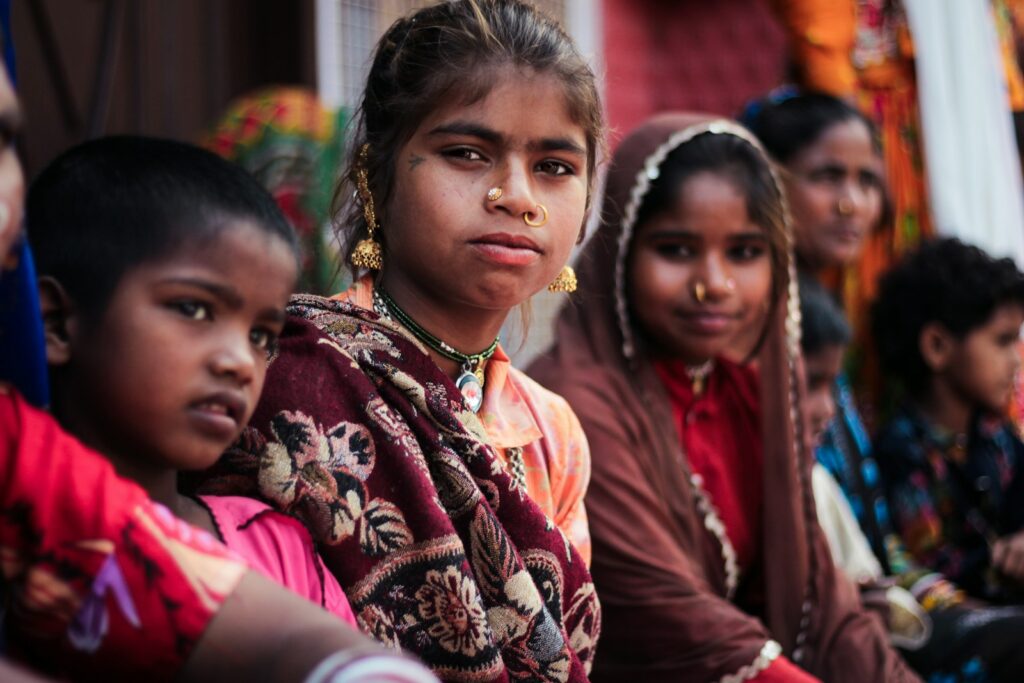Explore More
India’s Child Migration Crisis Threatens Future Leadership Development
India’s leadership development faces a crisis as child migration and labour threaten young lives, wellbeing and future success despite digital advances

India stands at a crossroads between promise and peril for its youngest generation. While the nation races towards becoming a global economic powerhouse, millions of children are falling through the cracks of development, their potential sacrificed to immediate survival.
The statistics paint a stark picture. According to recent research, 1.01 crore children remain trapped in labour across India as of 2025, making it virtually impossible for the country to meet its UN Sustainable Development Goal of eliminating child labour by this year. Even more alarming, nearly 40% of urban child labourers are migrants who have moved from rural villages seeking better opportunities.
Dr N R Prabhakara, a population studies scholar, has documented this crisis in his latest work examining internal child migration patterns. His research reveals how poverty, lack of education and large family sizes create a toxic combination that forces children into exploitative labour conditions.
‘Children are the greatest asset of a nation,’ Dr Prabhakara states. ‘Their welfare is directly linked to the welfare of society. Understanding what drives them into labour and how internal migration affects their futures is vital to crafting effective development policies.’
The numbers speak to a fundamental failure in how India protects its future leaders. When children migrate from rural areas to cities, they often find themselves trapped in cycles of exploitation rather than opportunity. These young migrants lose access to education, the very foundation that could lift them from poverty and position them for future success.
The Leadership Development Crisis
This crisis matters deeply for anyone invested in developing future leaders. The children caught in this migration trap represent untapped potential – minds that could contribute to India’s economic growth, innovation and global competitiveness. Instead, they become casualties of systemic failures in rural development and urban planning.
The education sector, valued at over £90 billion and projected to reach £170 billion by 2025, represents enormous opportunity. Yet this growth means little if it doesn’t reach the most vulnerable children. Research from the National Institute of Educational Planning and Administration shows that leadership plays a significant role in improving student learning outcomes, particularly in rural areas where talent identification and resource provision remain critical challenges.
Root Causes of Child Migration
Several factors contribute to this leadership development crisis. Rural communities often engage in temporary labour migration to urban areas as a survival strategy, with children accompanying their families or sent ahead to work. The lack of quality education infrastructure in rural areas means families see immediate income from child labour as more valuable than long-term educational investment.
The inverse relationship between education and child labour becomes painfully clear in Dr Prabhakara’s findings. Universal primary education could break these cycles, but implementation remains patchy across India’s diverse landscape. States like Maharashtra, Bihar and Uttar Pradesh, which have the highest concentrations of child labour, also struggle with educational infrastructure gaps.
Signs of Hope and Strategic Opportunities
However, the story isn’t entirely bleak. India’s 2025-26 Union Budget has prioritised education, skill development and rural infrastructure, recognising that sustainable development requires investment in human capital. The government’s emphasis on employment generation and women empowerment in rural areas could address root causes that force families to send children to work.
Successful initiatives in states like Rajasthan and Kerala demonstrate how rural development can create opportunities without sacrificing children’s futures. These programmes focus on improving local economic conditions while simultaneously strengthening educational infrastructure.
The agricultural modernisation happening across rural India presents another avenue for hope. Precision farming, efficient irrigation and advanced storage infrastructure can enhance rural productivity, reducing the economic pressure that drives child migration. When rural areas become economically viable, families are less likely to see urban migration as their only option.
Technology as a Game Changer
Technology also offers solutions. Digital education platforms can reach remote villages, providing quality instruction even where physical infrastructure remains limited. The All India Council for Technical Education has declared 2025 as the ‘Year of AI’, aiming to equip over 14,000 colleges and 40 million students with relevant skills.
This technological focus aligns with broader investment strategies for strategic growth, where nations leverage innovation to build sustainable economic foundations. India’s approach to combining traditional development with cutting-edge technology could provide a model for other developing countries facing similar challenges.
What This Means for Future Leaders
For fathers and mentors committed to developing future leaders, this crisis represents both challenge and opportunity. The children trapped in labour migration cycles today could become tomorrow’s innovators, entrepreneurs and leaders – but only with the right intervention and investment.
Understanding these systemic challenges becomes crucial for anyone seeking to nurture young talent. Just as we recognise the importance of supporting young people’s wellbeing in developed contexts, India’s situation demonstrates how economic pressures can derail entire generations of potential leaders.
The path forward requires recognising that developing future leaders starts with protecting vulnerable children. This means supporting policies that strengthen rural economies, improve educational access and create alternatives to migration-driven labour. It means understanding that every child caught in these cycles represents lost potential for India’s future.
Dr Prabhakara’s research serves as a wake-up call about the hidden costs of India’s rapid urbanisation. When development leaves children behind, it undermines the very foundation of future progress. The question isn’t whether India can afford to invest in protecting these vulnerable young people – it’s whether it can afford not to.





